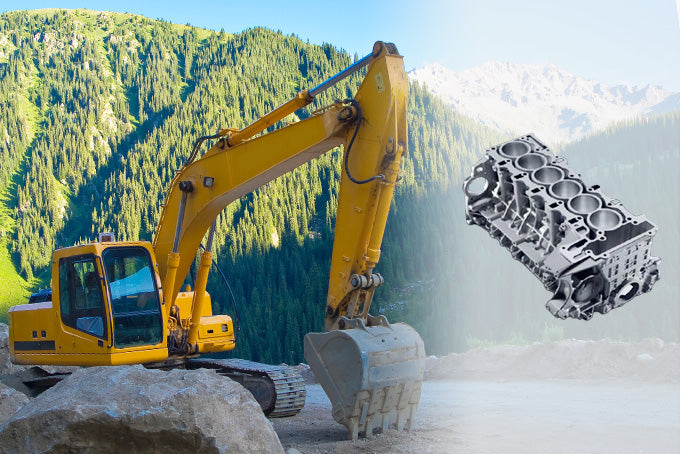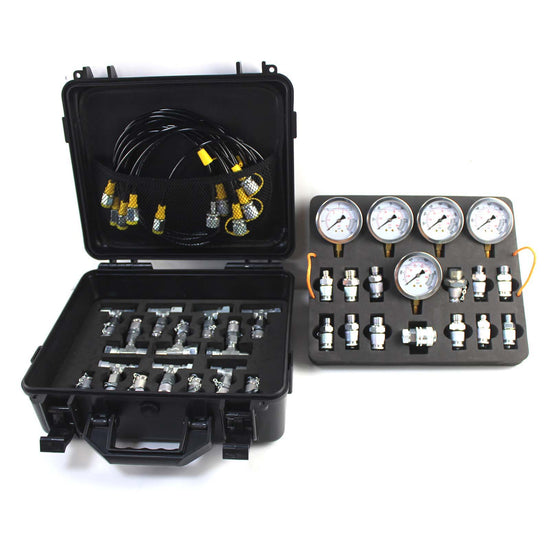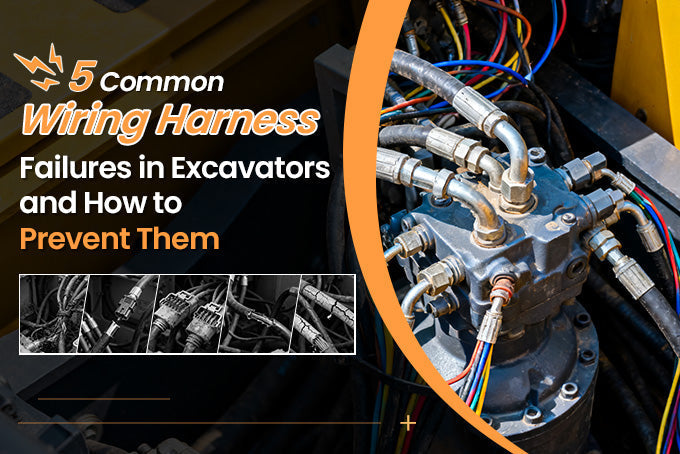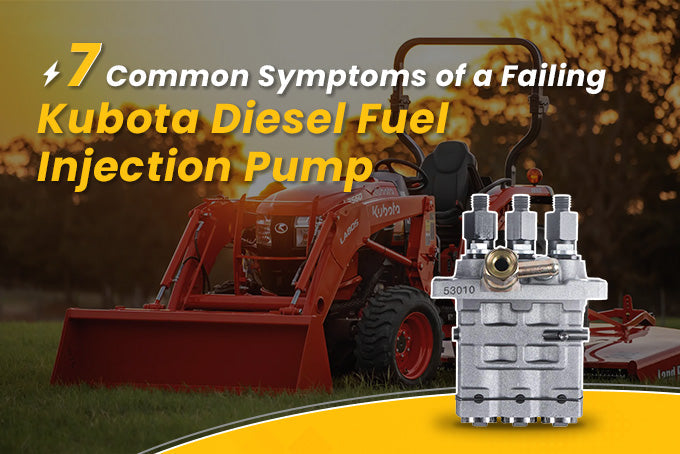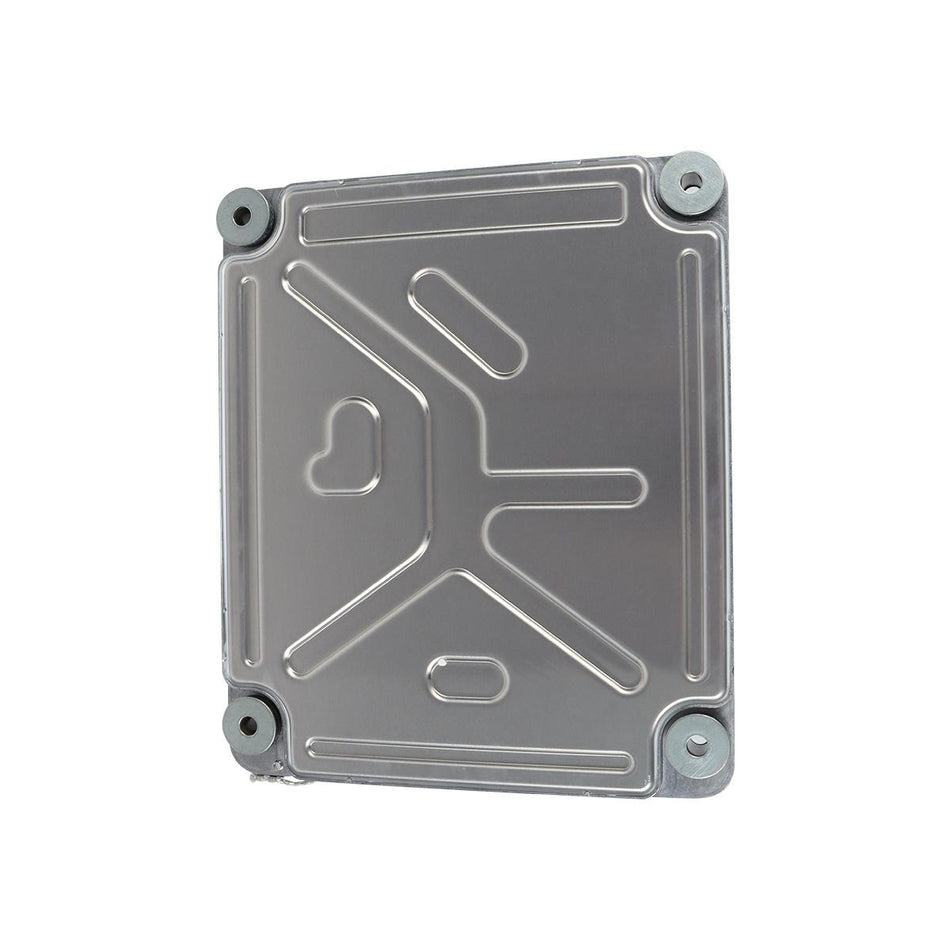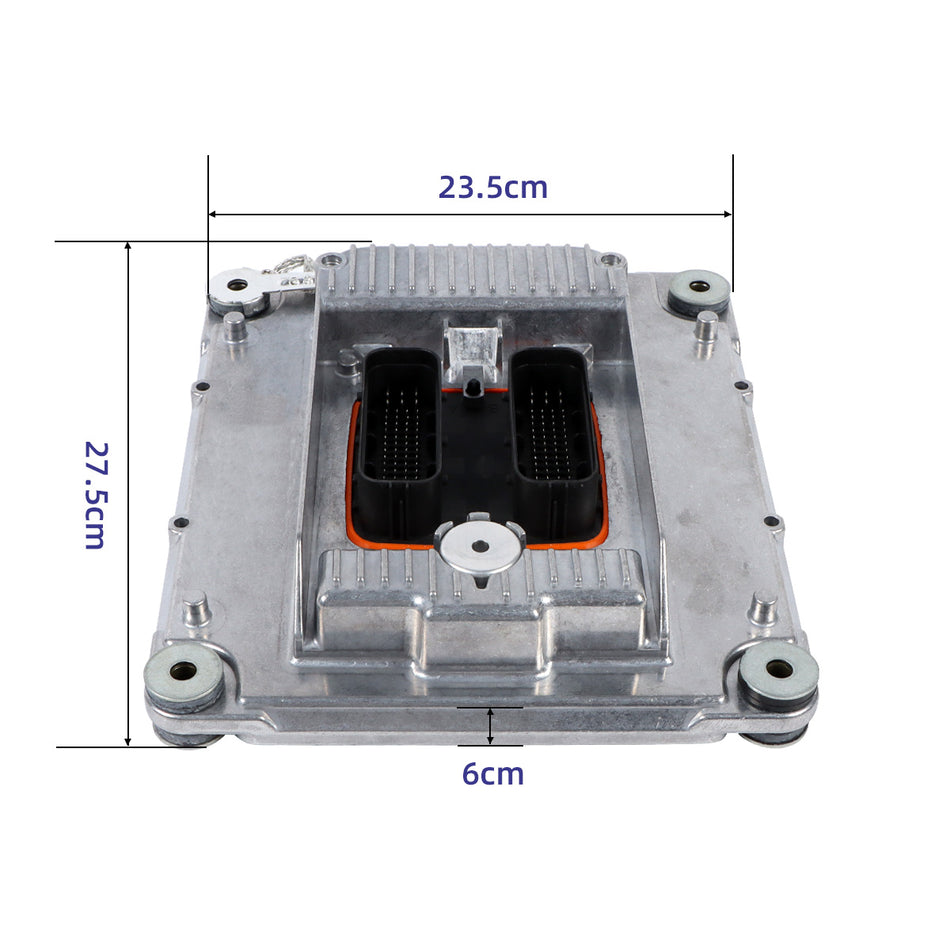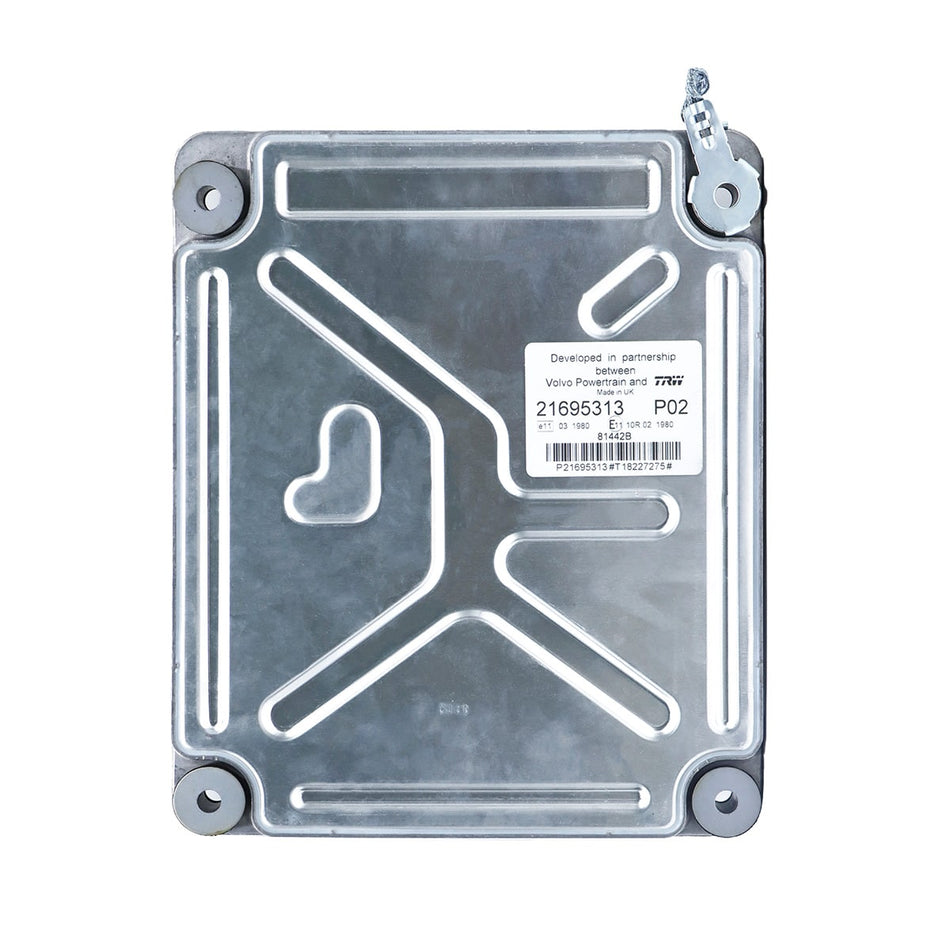This article mainly introduces gasoline engines and diesel engines and their different types.
Gasoline Engine is an engine that uses gasoline as fuel. Because gasoline is low in viscosity and evaporates quickly, gasoline injection system can be used to inject gasoline into the cylinder. After compression reaches a certain temperature and pressure, it is ignited with a spark plug to expand the gas and do work. Gasoline engines are characterized by high speed, simple structure, lightweight, low cost, stable operation, and easy maintenance. Gasoline engines have been widely used in automobiles, especially small cars, and they have not declined.
According to different fuel supply methods, gasoline engines can be divided into two categories: carburetor type and injection type (or electronic injection type). Carburetors are commonly found on engines of older models, and most engines now use jet fuel supply. In an injection gasoline engine, gasoline can be injected at the intake port or directly into the cylinder during the intake stroke. The fuel injection process can be controlled by a computer program, and the fuel can be more evenly distributed to each cylinder. The throat pipe reduces the resistance of the factory air intake, etc., which can improve the average effective pressure and thermal efficiency in the cylinder; in addition, it can also weaken or avoid knocking combustion.
Compared with diesel engines, gasoline engines have lower thermal efficiency than diesel engines and higher fuel consumption. The ignition system is more complicated than diesel engines, and the reliability and maintenance convenience are not as good as diesel engines.
Automobile engines (referring to reciprocating internal combustion engines) are divided into the following categories according to different characteristics:
1. Classified by piston movement mode: Piston internal combustion engines can be divided into reciprocating piston type and rotary piston type. The former piston makes a reciprocating linear movement in the cylinder, and the latter piston makes a rotary movement in the cylinder. (The latter applies to rotary engines)
2. According to the classification of the intake system: Internal combustion engines can be divided into naturally aspirated (non-supercharged) engines and forced-intake (supercharged) engines according to whether the intake system is supercharged. If the intake is close to the atmosphere, it is a non-supercharged internal combustion engine or a naturally aspirated internal combustion engine. If the intake pressure is increased by a supercharger and the intake density increases, it is a supercharged internal combustion engine. Supercharging can increase the power of the internal combustion engine.
3. Classification according to the cylinder arrangement: Internal combustion engines can be divided into single-row, double-row, and three-row types according to different cylinder arrangements. Each cylinder of a single-row engine is arranged in a row, which is generally arranged vertically. But in order to reduce the height, the cylinders are sometimes arranged inclined or even horizontal. A dual-row engine arranges cylinders into two rows. The angle between the two rows is less than 180° (generally 90°), which is called a V-type engine. If the angle between the two rows is 180°, it is called an opposed engine. The three-row type arranges the cylinders in three rows to become a W-type engine.
4. Classification according to the number of cylinders: Internal combustion engines can be divided into single-cylinder engines and multi-cylinder engines according to the number of cylinders. An engine with only one cylinder is called a single-cylinder engine; an engine with more than two cylinders is called a multi-cylinder engine. For example, two-cylinder, three-cylinder, four-cylinder, six-cylinder, eight-cylinder, twelve-cylinder, sixteen-cylinder, etc. are all multi-cylinder engines. Modern vehicle engines mostly use three-cylinder, four-cylinder, six-cylinder, and eight-cylinder engines.
5. Classification by cooling method: Internal combustion engines can be divided into water-cooled engines and air-cooled engines according to different cooling methods. The water-cooled engine uses the coolant circulating in the cylinder block and cylinder head cooling water jacket as the cooling medium for cooling, while the air-cooled engine uses the air flowing between the cylinder block and the outer surface of the cylinder head as the cooling medium. The water-cooled engine has uniform cooling, reliable operation, and good cooling effect, and is widely used in modern vehicle engines.
6. Classification by stroke: Internal combustion engines can be divided into four-stroke internal combustion engines and two-stroke internal combustion engines according to the number of strokes required to complete a working cycle. Turn the crankshaft two revolutions (720°) and the piston reciprocates up and down in the cylinder for four strokes. An internal combustion engine that completes a working cycle is called a four-stroke internal combustion engine, while turning the crankshaft one revolution (360°), the piston reciprocates up and down in the cylinder. An internal combustion engine that moves two strokes and completes a working cycle is called a two-stroke internal combustion engine. Four-stroke internal combustion engines are widely used in automobile engines.
7. Classified by valve mechanism: Side valve (SV) engine, side camshaft (OHV) engine, overhead camshaft (OHC) engine, variable gas (VTEC) engine, and Desmo valve mechanism engine.
8. Classified by fuel supply mode: Carburetor engine, electronic injection engine, direct-injection engine.
9. Classified according to the fuel used: Internal combustion engines can be divided into gasoline engines and diesel engines according to the different fuels used. Internal combustion engines that use gasoline as fuel are called gasoline engines. Internal combustion engines that use diesel as fuel are called diesel engines. Compared with diesel engines, gasoline engines have their own characteristics: high speed, low quality, low noise, easy starting, and low manufacturing costs while diesel engines have large compression ratios, high thermal efficiency, economic performance, and emission performance. Currently, the most widely used and the most numerous engine is a water-cooled, four-stroke reciprocating piston internal combustion engine. Among them, gasoline engines are used in cars, light buses, and trucks, while the engines of buses, medium and heavy trucks are mostly diesel engines. A few cars and light passenger and truck engines also use diesel engines.
Diesel engines
A diesel engine is an engine that burns diesel oil to obtain energy and releases it. It was invented by German inventor Rudolf Diesel in 1892. To commemorate this inventor, diesel is represented by his surname Diesel, and diesel engines are also called Diesel engines.
The advantages of diesel engines are high power and good economic performance. The working process of a diesel engine is much the same as that of a gasoline engine. Each working cycle also undergoes four strokes of intake, compression, work, and exhaust. However, because the fuel used in diesel engines is diesel oil, its viscosity is higher than gasoline, and it is not easy to evaporate, and its spontaneous combustion temperature is lower than gasoline. Therefore, the formation and ignition of the combustible mixture are different from gasoline engines. The main difference is that the mixture in the cylinder of a diesel engine is compression-ignited rather than ignited. When a diesel engine is working, air enters the cylinder. When the air in the cylinder is compressed to the end, the temperature can reach 500-700℃, and the pressure can reach 40-50 atmospheres. When the piston is close to the top dead center, the high-pressure pump on the engine injects diesel into the cylinder at high pressure. The diesel forms fine oil particles, which are mixed with high-pressure and high-temperature air. The diesel mixture burns by itself and expands violently, generating explosive force, pushing the piston down to do work. At this time, the temperature can reach 1900-2000℃, the pressure can reach 60-100 atmospheres, and the generated power is very large, so diesel engines are widely used in large diesel vehicles.
The advantages of diesel engines in terms of energy-saving and carbon dioxide emissions cannot be replaced by all heat engines, including gasoline engines. Therefore, advanced small high-speed diesel engines have reached European III standards and become "green engines", being the power plant of many new cars in Europe and America.


